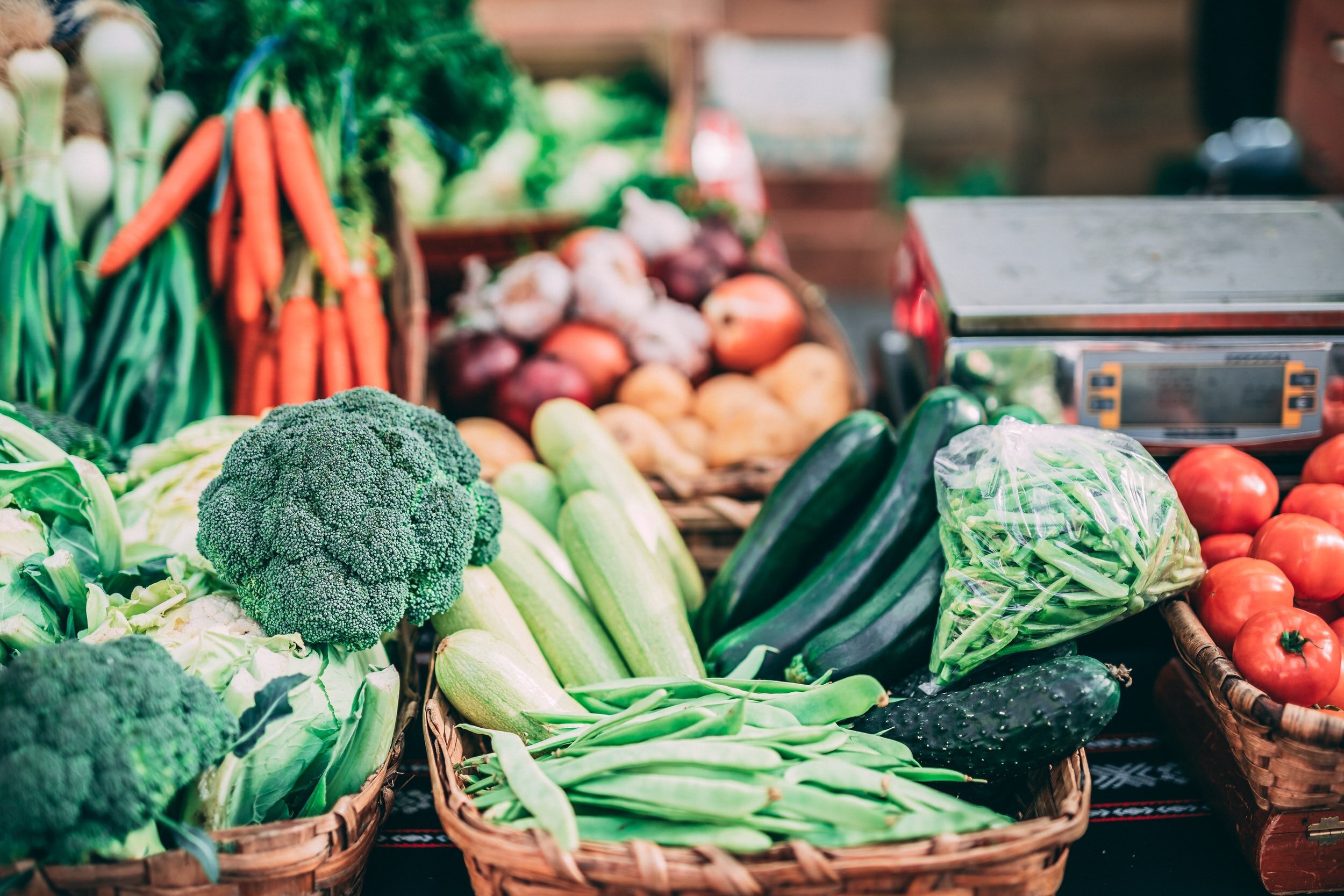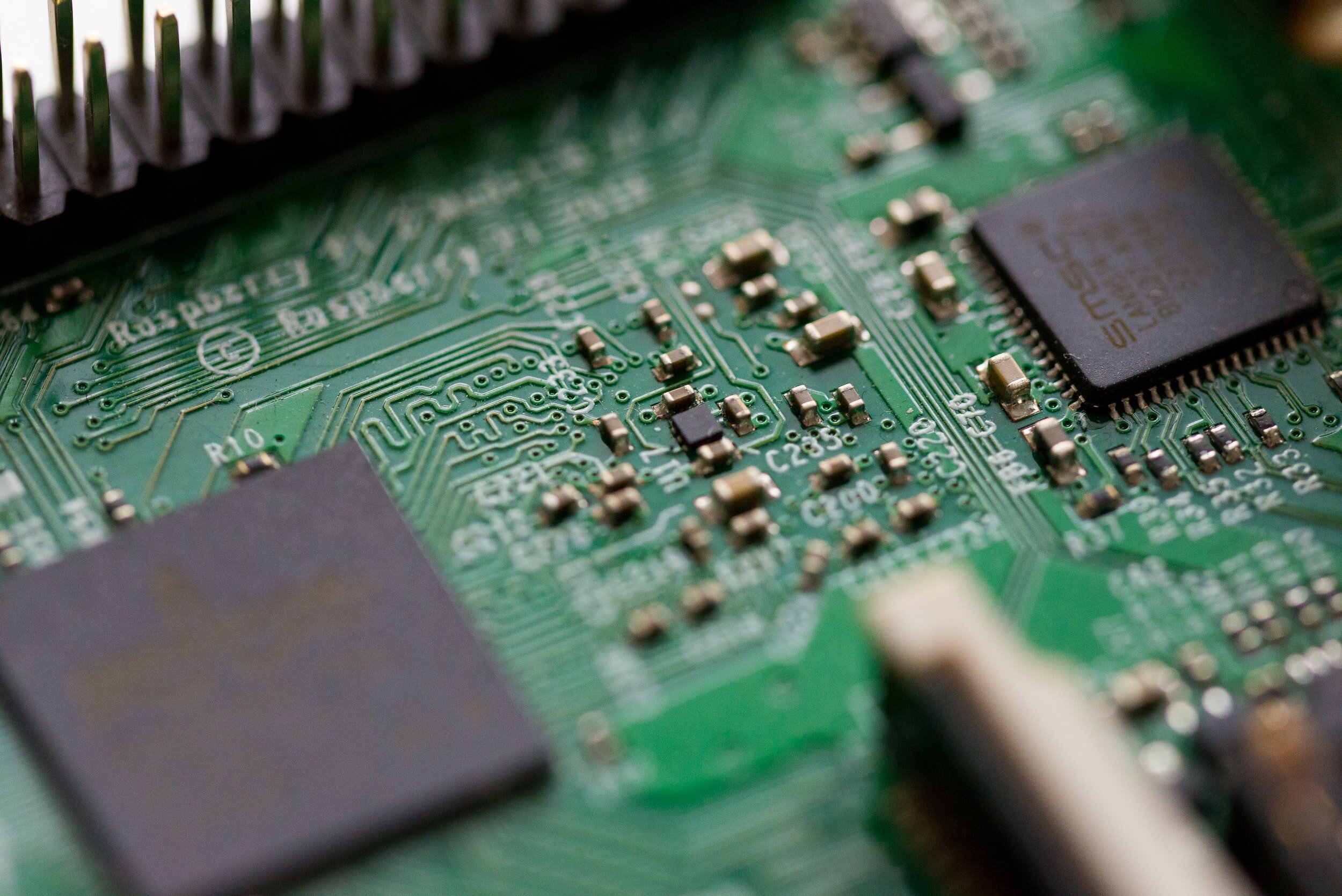Decoding Resin ID Numbers on Plastics
Have you ever seen those little numbers on plastics? You know, the ones inside the little recycling symbol? Well, read on to learn what these numbers mean and how to recycle like the best of them!
By Hung Phan
Have you ever wondered what the numbers on plastic bottles or take-out containers mean or what they are used for? It seems insignificant, but the numbers play an important role in the plastic we use every day. If you pay closer attention, you’ll realize that there are 7 numbers, each representing a different type of plastic with unique properties. Unfortunately, some of these plastics are not recyclable or downright toxic to our environment and the secret lies in these 7 little numbers.
Resin Identification System
Type 1 [PET/PETE – Polyethylene Terephthalate]: It is more commonly known in the textile industry as “polyester.” Single-use water bottles mainly use PET/PETE as it is chemical resistant, very strong, lightweight, shatterproof, and naturally transparent. Try twisting, squashing, or throwing a plastic bottle and you’ll realize that it’s virtually impossible to break apart. That’s why PET/PETE is the preferred plastic in such products. This is recyclable.
Type 2 [HDPE- High-Density Polyethylene]. HDPE is commonly used in grocery bags, food and liquid containers, cooking oil, and detergent. Similar to PET/PETE, HDPE is highly versatile, cheap, and chemically resistant, making it very popular for household cleaning products containers. HDPE can be recycled.
Type 3 [V and PVC – Vinyls and Polyvinylchloride]. You most likely have heard of ‘PVC pipes’. It’s the dominant plastic for water pipes and wire insulators. Other applications include flooring materials and environments where sterility is a high priority. In general, PVC plastic is dense, cheap, hard, and durable, as it is able to withstand large amounts of stress. Unfortunately, PVC is not recyclable.
Type 4 [LDPE – Low-Density Polypropylene]. This plastic is generally used in trays and as durable film for bags, sacks, and pouches. Occasionally, we can recycle LDPE.
Type 5 [PP - Polypropylene]. Polypropylene is the go-to plastic for hot food and beverage containers since it’s microwave-safe. The heat and chemical resistance makes it ideal for food packaging and the hardness ensures packages don’t deform upon impact. If you order food or purchase any sort of frozen food with a plastic container, you’ll often see the number 5 on the bottom indicating this type of plastic. Polypropylene can sometimes be recycled.
Type 6 [PS - Polystyrene]. The ease of processing allows polystyrene to be used in many different applications including disposable cutlery, electrical components, and medical equipment. Foam also uses PS as one of its components. Polystyrene can sometimes be recycled.
Type 7 [Others]. This last category includes all miscellaneous plastics including BPA/BPS/BPF. Because it consists of many different plastic resins, its application ranges from food and liquid containers to medical/industrial equipment. These mixed plastics can sometimes be recycled.
The next question is how does this system help with actually recycling plastics? Unfortunately, this system is not used for recycling in any way. In fact, it’s intended for manufacturers, not consumers. Each number tells the manufacturer what kind of resin is in the plastic they use for their products. Even the little recycling arrows around the number do not indicate the item’s recyclability. However, the general recycling process can still accommodate a few of these plastics. Type 1 and 2 are generally accepted for recycling. The remaining types depend on the recycling facility and its availability technology, so make sure you check with your municipality for what they accept!
It’s undeniable that plastic remains the best material for many applications. To support the global effort to reduce plastic waste, we should all try to opt for other viable options wherever we can at the individual level. As customers, we can voice our opinions about packaging and encourage companies to reduce their plastic usage. Our efforts will, collectively, result in large-scale change.



















